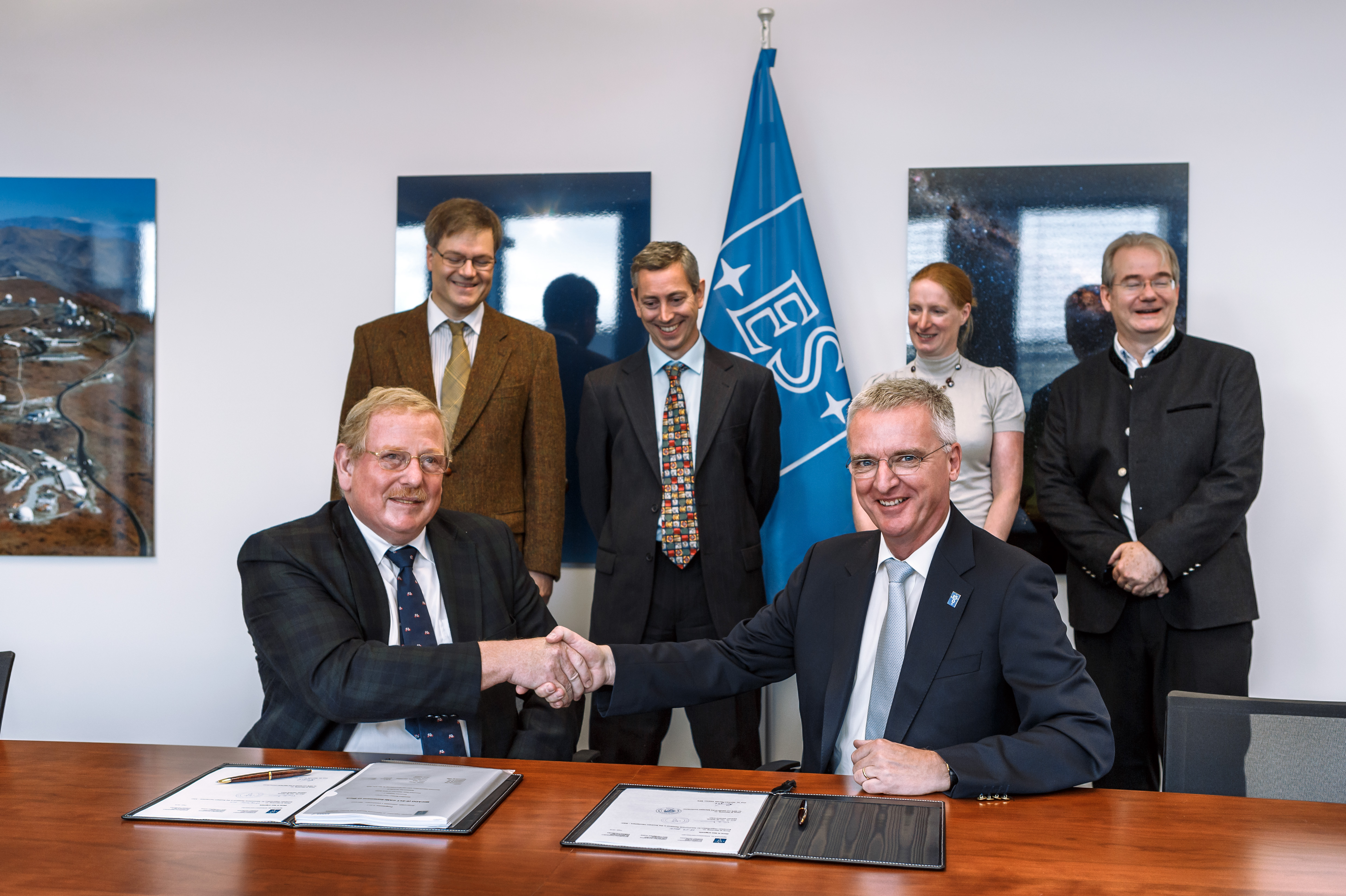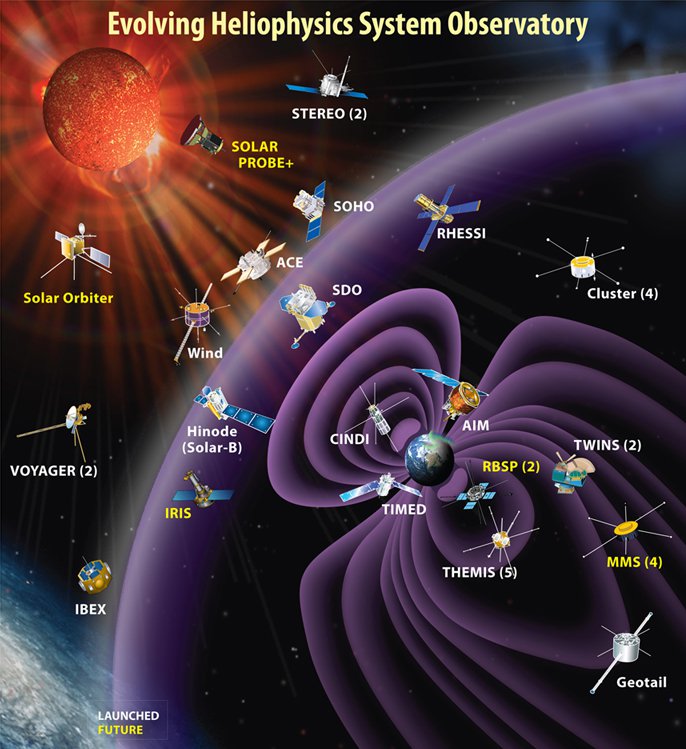|
Equator-S
The ''Equator-S'' satellite was a spacecraft constructed by the Max Planck Institute for Extraterrestrial Physics for the International Solar-Terrestrial Physics Science Initiative. It was operational between 2 December 1997 and 1 May 1998. Description Equator-S was a low-cost mission, launched with the intention to study the Earth's magnetosphere around the equator at heights lower than 67,000 km. It was located in a near-equatorial orbit, which gave Equator-S the ability to make unique observations about the interaction between the magnetosphere and interplanetary space. Equator-S had a very high spin rate and was launched on an Ariane 4 rocket on 2 December 1997. The mission ended earlier than expected, having initially been intended to have a lifetime of two years. The mission was terminated on 1 May 1998 after the failure of the onboard processor system. See also * List of heliophysics missions This is a list of missions supporting heliophysics, including so ... [...More Info...] [...Related Items...] OR: [Wikipedia] [Google] [Baidu] |
Max Planck Institute For Extraterrestrial Physics
The Max Planck Institute for Extraterrestrial Physics is a Max Planck Institute, located in Garching, near Munich, Germany. In 1991 the Max Planck Institute for Physics and Astrophysics split up into the Max Planck Institute for Extraterrestrial Physics, the Max Planck Institute for Physics and the Max Planck Institute for Astrophysics. The Max Planck Institute for Extraterrestrial Physics was founded as sub-institute in 1963. The scientific activities of the institute are mostly devoted to astrophysics with telescopes orbiting in space. A large amount of the resources are spent for studying black holes in the galaxy and in the remote universe. History The Max-Planck-Institute for extraterrestrial physics (MPE) was preceded by the department for extraterrestrial physics in the Max-Planck-Institute for physics and astrophysics. This department was established by Professor Reimar Lüst on October 23, 1961. A Max-Planck Senate resolution transformed this department into a sub-insti ... [...More Info...] [...Related Items...] OR: [Wikipedia] [Google] [Baidu] |
List Of Heliophysics Missions
This is a list of missions supporting heliophysics, including solar observatory missions, solar orbiters, and spacecraft studying the solar wind. Status as of 01/03/2023. Graphic See also *List of solar telescopes
This is a list of solar telescopes built in various countries around the world. A solar telescope is a specialized telescope that is used to observe the Sun.
This list contains ground-based professional observatory telescopes at optical wavelengt ...
References External links [...More Info...] [...Related Items...] OR: [Wikipedia] [Google] [Baidu] |
Heliophysics
Heliophysics (from the prefix " helio", from Attic Greek ''hḗlios'', meaning Sun, and the noun "physics": the science of matter and energy and their interactions) is the physics of the Sun and its connection with the Solar System. NASA defines heliophysics as "(1) the comprehensive new term for the science of the Sun - Solar System Connection, (2) the exploration, discovery, and understanding of Earth's space environment, and (3) the system science that unites all of the linked phenomena in the region of the cosmos influenced by a star like our Sun." Heliophysics concentrates on the Sun's effects on Earth and other bodies within the Solar System, as well as the changing conditions in space. It is primarily concerned with the magnetosphere, ionosphere, thermosphere, mesosphere, and upper atmosphere of the Earth and other planets. Heliophysics combines the science of the Sun, corona, heliosphere and geospace, and encompasses a wide variety of astronomical phenomena, including ... [...More Info...] [...Related Items...] OR: [Wikipedia] [Google] [Baidu] |
International Solar-Terrestrial Physics Science Initiative
The International Solar-Terrestrial Physics Science Initiative (or ISTP for short) is an international research collaboration between NASA, the ESA, and ISAS. Its goal is to study physical phenomena related to the Sun, solar wind and its effects on Earth. See also *List of heliophysics missions This is a list of missions supporting heliophysics, including solar observatory missions, solar orbiters, and spacecraft studying the solar wind. References External links NASA's ISTP web site Sun {{sun-stub ... [...More Info...] [...Related Items...] OR: [Wikipedia] [Google] [Baidu] |
Satellite Equator S
A satellite or artificial satellite is an object intentionally placed into orbit in outer space. Except for passive satellites, most satellites have an electricity generation system for equipment on board, such as solar panels or radioisotope thermoelectric generators (RTGs). Most satellites also have a method of communication to ground stations, called transponders. Many satellites use a standardized bus to save cost and work, the most popular of which is small CubeSats. Similar satellites can work together as a group, forming constellations. Because of the high launch cost to space, satellites are designed to be as lightweight and robust as possible. Most communication satellites are radio relay stations in orbit and carry dozens of transponders, each with a bandwidth of tens of megahertz. Satellites are placed from the surface to orbit by launch vehicles, high enough to avoid orbital decay by the atmosphere. Satellites can then change or maintain the orbit by propulsio ... [...More Info...] [...Related Items...] OR: [Wikipedia] [Google] [Baidu] |
Ariane 4
The Ariane 4 was a European expendable space launch system, developed by the ''Centre national d'études spatiales'' (CNES), the French space agency, for the European Space Agency (ESA). It was manufactured by ArianeGroup and marketed by Arianespace. Since its first flight on 15 June 1988 until the final flight on 15 February 2003, it attained 113 successful launches out of 116 total launches. In 1982, the Ariane 4 program was approved by ESA. Drawing heavily upon the preceding Ariane 3, it was designed to provide a launcher capable of delivering heavier payloads and at a lower cost per kilogram than the earlier members of the Ariane family. The Ariane 4 was principally an evolution of the existing technologies used, as opposed to being revolutionary in its design ethos; this approach quickly gained the backing of most ESA members, who funded and participated in its development and operation. Capable of being equipped with a wide variety of strap-on boosters, the Ariane 4 gaine ... [...More Info...] [...Related Items...] OR: [Wikipedia] [Google] [Baidu] |



